Nintendo is Great is a Substack devoted to exploring the world of Nintendo - their games, their consoles, their merchandise - in mostly chronological order, starting with the NES and continuing to the upcoming Switch 2.
Some posts are free, some are for paid subscribers only. Don’t forget to sign up below. Thanks for reading!
Today’s issue captures the NES in a curious moment.
Spring 1987 was a time when fresh, exciting third-party games were beginning to emerge, but the console itself hadn’t fully caught on with the American mainstream yet.
The NES had been out for nearly a year in all American territories and sales were steady. Still, now was not the time for Nintendo to rest on their laurels.
To really captivate a jaded American marketplace, Nintendo would need to release a series of groundbreaking, mind-blowing titles, the likes of which gamers had never experienced on any home console.
Perhaps some action-adventure titles with memorable characters, non-linear gameplay, and enormous world maps. Maybe one of them could even have a battery backup save system. Now, that would be crazy!
For now, let’s take a peek at what Konami, Data East, and SNK had to offer Nintendo’s bulky gray box in April and May 1987.
RUSH ‘N ATTACK
Rush ‘N Attack releases a renegade soldier into the wilds of enemy territory with nothing but a knife. Now that’s ballsy.
You control a Green Beret, otherwise known as The Soldier Without a Face (seriously – his face is missing), and he’s armed with his trusty knife and a weak constitution. Despite his Special Forces status, anything can take this guy out, from a bullet to a light pat on the shoulder. He’s a one-hit kinda fella, but he’s got spirit at least. The enemy opposition is strong, but he won’t give up until he’s well and truly dead….
TRACK & FIELD
Track & Field is a spiritual journey disguised as a video game. What do the world’s best athletes look like when they practice? Goofy sprites with mustaches that should get trimmed to cut down on wind resistance, apparently.
Could you be one of these athletic giants of skill and resolve? Maybe, in your own way. Maybe you’re not running the 100-meter Dash, but what is it you’re called to do and to be? Go do that thing. Practice the hell out of it. Contribute to the world….
BURGERTIME
There are six stages in BurgerTime, but you’ll be lucky to get past the first two. Between the burger assembling, the sentient food, and the chef’s poor running abilities, BurgerTime might be the hardest arcade game ever.
You control Peter Pepper, a chef yearning to move beyond burgers, but unable to break into the high-end restaurant scene. One evening, a nightmare grabs ahold of him and takes him to hell: never-ending burgers, bigger than himself, and anthropomorphic pickles, hot dogs, and egg yolks out to kill him for no reason at all….
CASTLEVANIA
Castlevania pushes the NES forward. It places you in a lived-in gothic world that’s equal parts terrifying and inviting. The haunting visuals, the stunning music, the unsettling atmosphere, even Simon’s grunts when he gets hit, they all work to create an enveloping realm, as much an experience as it is a game.
Simon Belmont, master of the Vampire Killer, patriarch of the Belmont family. For ages, he and his family have been battling Count Dracula and his minions, seemingly forced to fight until either the Belmont bloodline expires, or Count Dracula is well and truly defeated. Belmont’s whip is aces, but other weapons, like axes, stopwatches, and holy water ease the journey. For some reason, the latter items are shrouded behind candlelight within Dracula’s castle. As if the Count wants to have a fair fight with the weary warrior.
Dracula’s no slouch, and neither are his minions. Within eerie moonlit gardens and aching castle walls, Medusa heads, fish men, birds, and skeletons dwell; name an undead evil creature, Dracula’s recruited them. Everyone complains about the Medusa heads and birds that knock you backwards into a pit, but the hunchbacks are the wiliest creatures in the game. Hit ‘em when they land next to you or they’ll hop around, like deranged monkeys and drain Belmont’s life bar. Not even the bosses are that frustrating.
Most early NES games settled for less, as third-party developers were still learning the strengths and weaknesses of the console. A little profit was better than nothing, so they often came up with a simple (occasionally broken) idea, then off to stores it went; Super Mario Bros. was the forward-thinking exception, not the rule. Castlevania, however, was Possibility incarnate, a fully formed entity unto itself. With it, Konami showed all third party developers what was achievable on the NES.
IKARI WARRIORS
If you’re going to play Ikari Warriors (a questionable prospect in and of itself), please convince someone to play with you. Paul and Vince – the Ikari Bros - don’t work well apart from each other. While both warriors’ movements are slow and mechanical, they can still make a dent in the enemy forces when paired together. Alone, Paul’s just a lumbering beast, strong and stupid. He doesn’t have a prayer….
(Longer reviews of Rush’N Attack, Track & Field, Burgertime, and Ikari Warriors will be available for paid subscribers later this week!)
FAMICOM FREAKOUT
The Famicom had 600+ games all to itself. That’s a lot!
Years ago, I reviewed every NES game, and when the project was complete (750+ games), many commenters asked if I was going to review every Famicom game as well.
At the time, I was so burnt out from the NES that I said “hell no” and moved on to Sega. Years later, I would try to tackle the Famicom library for another now-defunct website, but it didn’t take long before I called it quits.
The Famicom has a few gems that never made it to the West, but it also has plenty of mahjong, baseball, and adventure games that absolutely wouldn’t appeal to Americans or Europeans. For the most part, Japanese publishers were wise in the games they brought to the West.
But what of the following games, these exclusive Famicom titles that Japanese gamers may or may not have enjoyed in the spring of ’87?
Let’s check ‘em out!
SANMA NO MEITANTEI (GREAT DETECTIVE SANMA)
According to Hardcore Gaming 101 author Apollo Chungus (great name), “Sanma no Meitantei” is an interesting footnote in the history of early Japanese adventure games. It’s a crossroads of sorts between the release of detective-based murder mysteries inspired by Yuji Horii’s Portopia Renzoku Satsujin Jiken, and – of all things – the Japanese stand-up comedy scene of the mid-80s. This is clear from the get-go, since it stars renowned comedian Sanma Akashiya as the titular great detective, along with a host of famous double acts and comedians of the day who populate the game world.”
If that sounds intriguing to you, I definitely recommend reading the rest of the article, as Chungus goes into great detail about the game and the various Japanese comedians that populate it. Also, RomHacking.net has a fan translation, if you’re so inclined to play this bad boy in English.
HIGEMARU MAKAIJIMA: NANATSU NO SHIMA DAIBOUKEN
(ROUND BEARD HELL ISLAND: SEVEN ISLANDS OF GREAT ADVENTURE)
A surprising amount of backstory to this Capcom Zelda clone.
First off, Higemaru Makaijima… is a sequel to Capcom’s 1984 Japan-only arcade game, Pirate Ship Higemaru. The latter is a top-down puzzle game that played similarly to Sega’s Pengo and featured pirates as the main characters. It’s cute, but I don’t think Capcom dropped the ball in not bringing Pirate Ship Higemaru to the States (although the game would finally appear in Capcom Classics Collection Vol. 1 for the PS2 and Xbox in 2005).
Higemaru Makaijima: Nanatsu no Shima Daibouken pivots from the puzzle genre straight into the top-down, action-adventure, non-linear exploration that Zelda popularized. You play as the sailor, Momotaro, and your goal, according to HG101 author Vahan Nisanian, is to “sail the ocean, collect keys from different pirate ships, and use them to unlock each of the seven islands, so that he can gather clues, and gain additional equipment, which will be necessary in uncovering the greatest treasure, which was once owned by a long deceased legendary pirate named Baido.”
Higemaru Makaijima was slated to come to the US as Makai Island, but for reasons unknown, the game never surfaced. An English prototype of Makai Island was found in 2007, and while you can download and play that prototype, a fan translation is also available to play on RomHacking.net.
FAMILY JOCKEY
Forget Tekken or Pac-Man. Family Jockey is the Bandai Namco crown jewel!
Play as a jockey! Race horses with names like Prince Melon and Mr. Derby! If you come in third place or above, you’ll make prize money and be ushered off to the next track. Anything less than third and your horse will be sold to the local butcher for… retirement. Also, your jockey status is revoked, shame to your family, the whole deal.
Perhaps the best part of Family Jockey is the Family Game option. In this option – which I presume was meant to be played with the entire family – Mom, Dad, Son, and Daughter all can bet yen on the horse they predict is going to win. From what I understand, no one actually controls the horse in this option. Rather, you watch the race automatically take place, and to the winner goes the spoils. Teaching children to enjoy the horse races at a young age? That’s the 1980s for you!
Family Jockey was successful enough to warrant two Game Boy entries, a PC-Engine version, and a Wii remake. Gambling was and is super popular in Japan.
OTHER SPRING ‘87 FAMICOM TITLES OF NOTE
Morita Shogi
Youkai Club
Dynamite Bowl
Family Trainer: Jogging Race
Interested in more Famicom coverage? Let me know in the comments below!
*all images courtesy of Hardcore Gaming 101 and StrategyWiki
HOW TO WIN AT SUPER MARIO BROS.
Behold! The very first ever Nintendo Power strategy guide!
Er, except Nintendo Power wasn’t a thing yet, so I guess you could call this the first ever Nintendo-sanctioned strategy guide in the US.
I consider myself an above-average Nintendo historian, but gotta be honest, I didn’t know this book existed and that’s, frankly, unacceptable.
Based on the 1985 Super Mario Brothers Perfect Strategy Guide for the Famicom, How to Win at Super Mario Bros. is a gloriously antiquated 110 page in-depth look into the inner workings of Nintendo’s first major console title.
The strategy guide was free if you sent off the coupon at the back of the Nintendo Fun Club News Vol. 1, which is awesome, but also presents questions.
Did Nintendo make this coupon available in later issues? Was this book ever available for sale to the general public? I don’t know the answer to either, but a used copy of the book is reasonably priced on eBay (around $25), which makes me think there are quite a few copies floating around.
At any rate! I won’t be including the entire book here, because Substack would collapse.
Enjoy this small glimpse into the book, and if you’d like to peruse the entire thing, here’s a link to the Internet Archive’s copy.
So much lore to go over…
Princess Toadstool looks like an actual toadstool person.
“The Mushroom Kingdom is always sunny and food is plentiful year round.” Good to know!
Bowser can use black magic? Then why does he need Kamek?
“Mario is a man of courage and determination,” but his own backstory is untold here.
I have been calling the “beanstalks” vines and the “islands” trees for 35 years.
Also, what even is a “Podworld”?
Every single level map is illustrated. Every. Single. One.
Just in case you’re unaware of how the fireworks, uh, work.
Also, did you know mushrooms and fire flowers were originally categorized as Power Boosters?
“I have to go on another journey? That’s crazy!”
I hear ya, Mario.
Thanks so much for reading this issue!
If you enjoyed, please “like” the post, share it with your friends, leave a comment.
Subscribe if you got a pair (and hey, even if you don’t.)









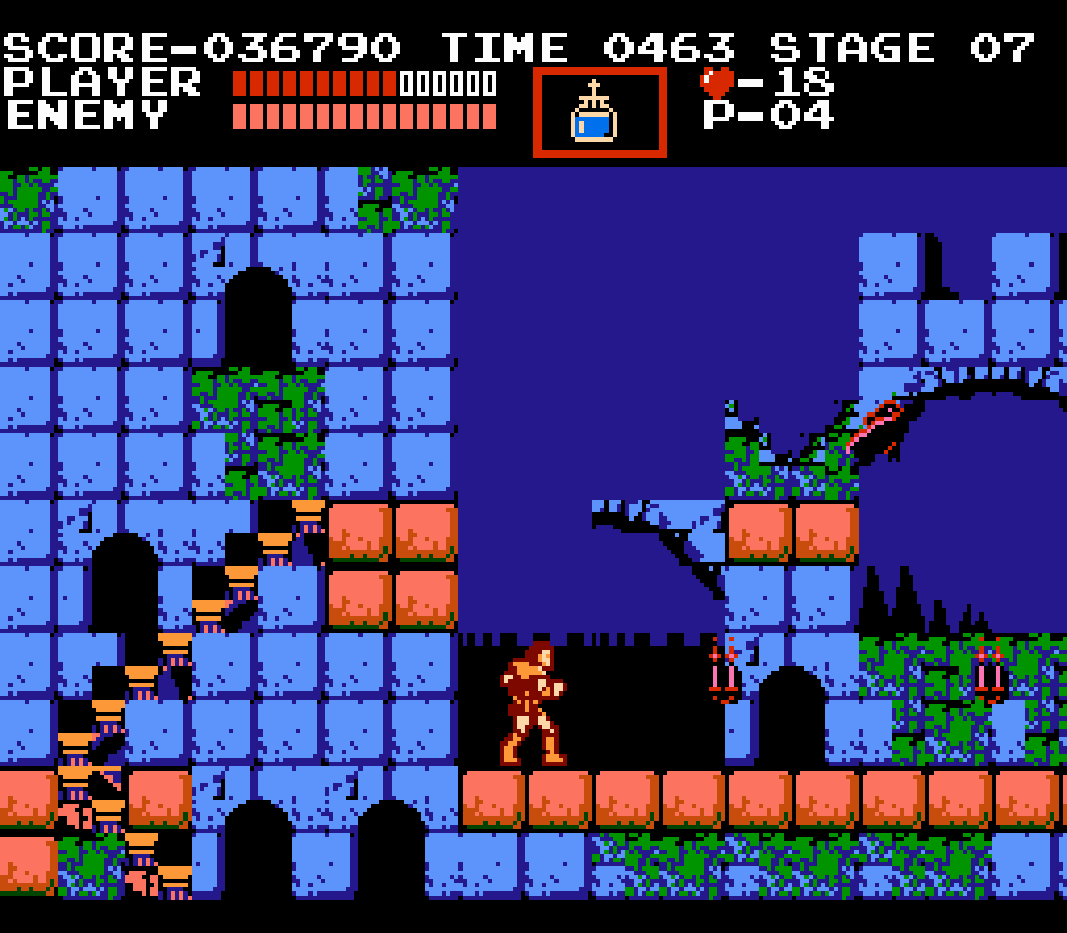
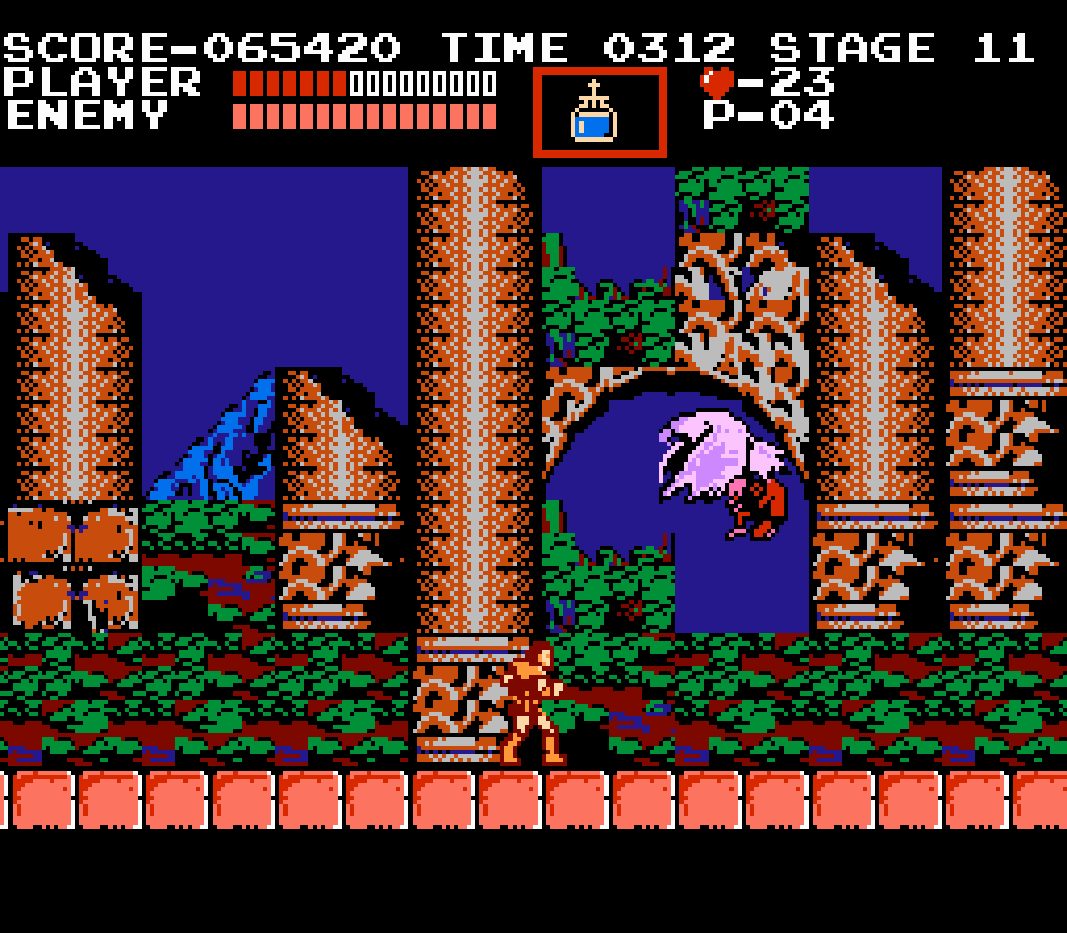



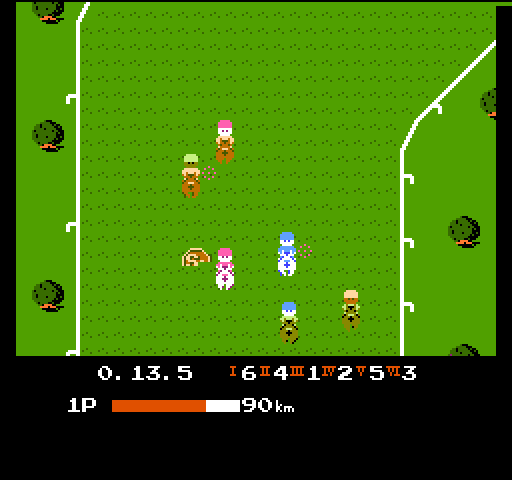
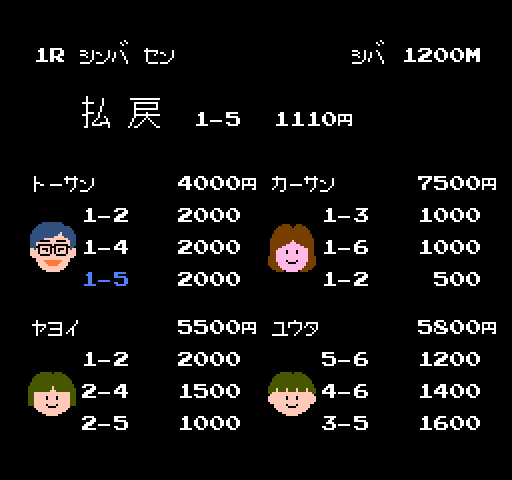
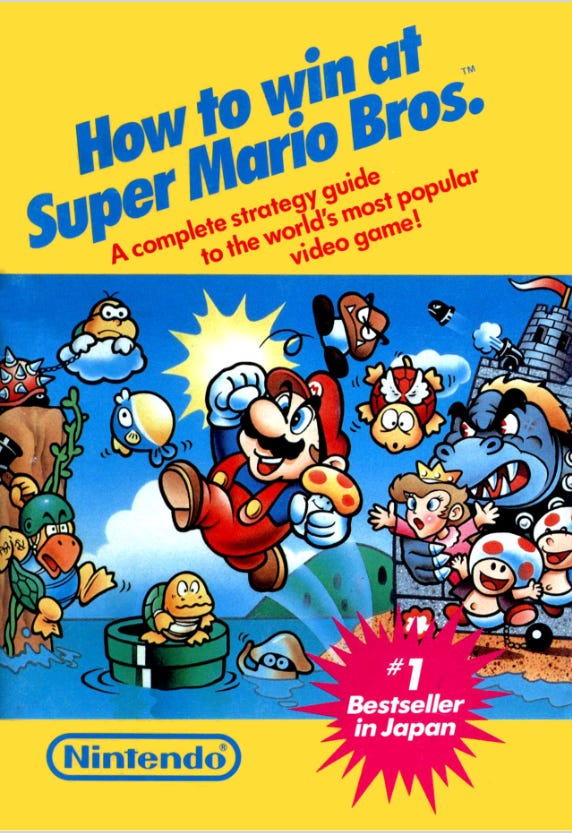

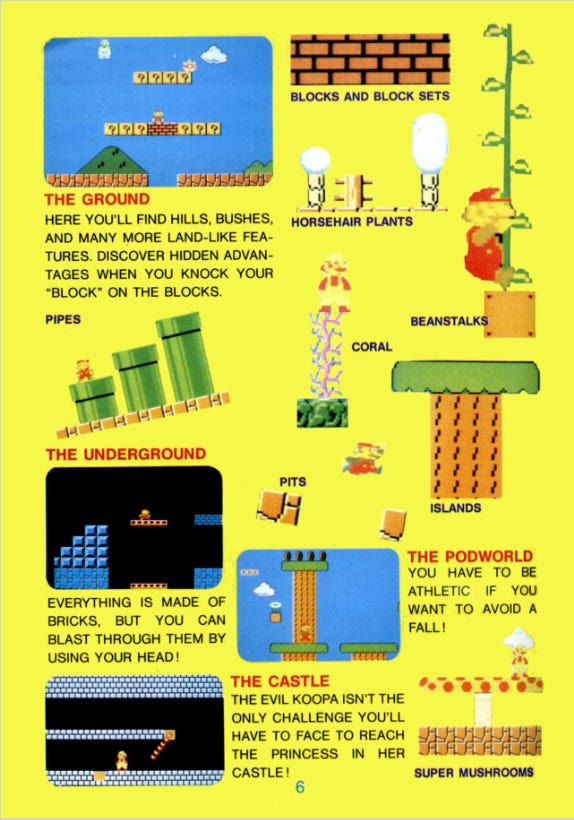



Wow. This is an incredible piece topped with a great headline. Really enjoyed this deep dive especially for NES games I am just learning about!
Castlevania was my lockdown. I played through almost every game in the series; beating this first one was incredibly rewarding. Castlevania: Rondo of Blood is the hardest game I've ever played and that includes Castlevania III